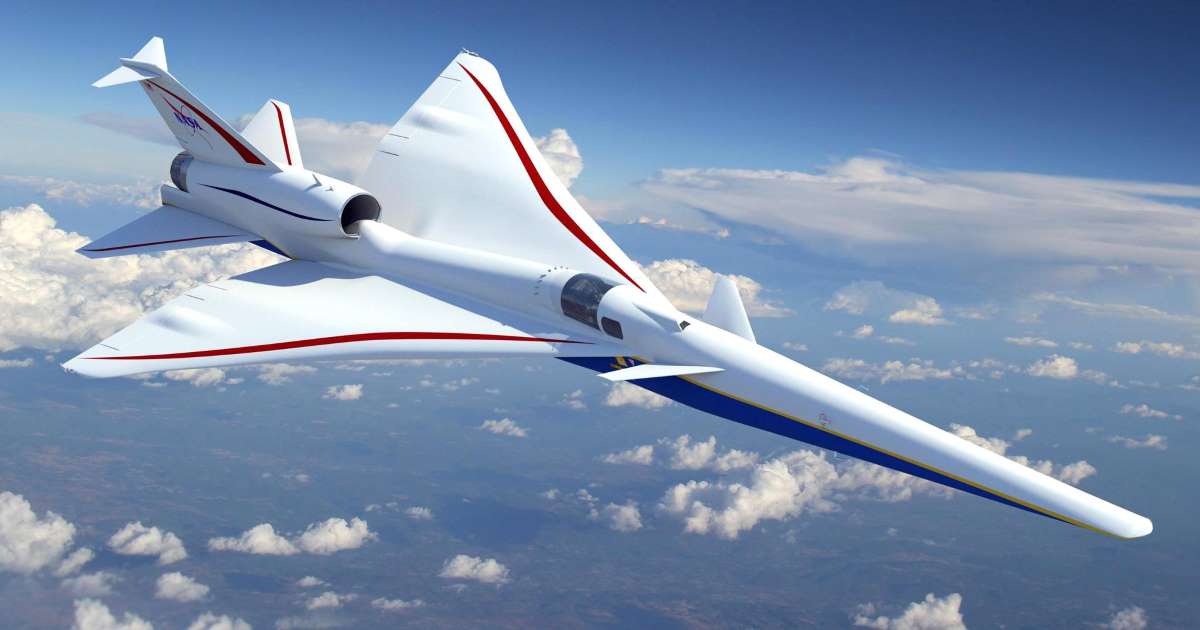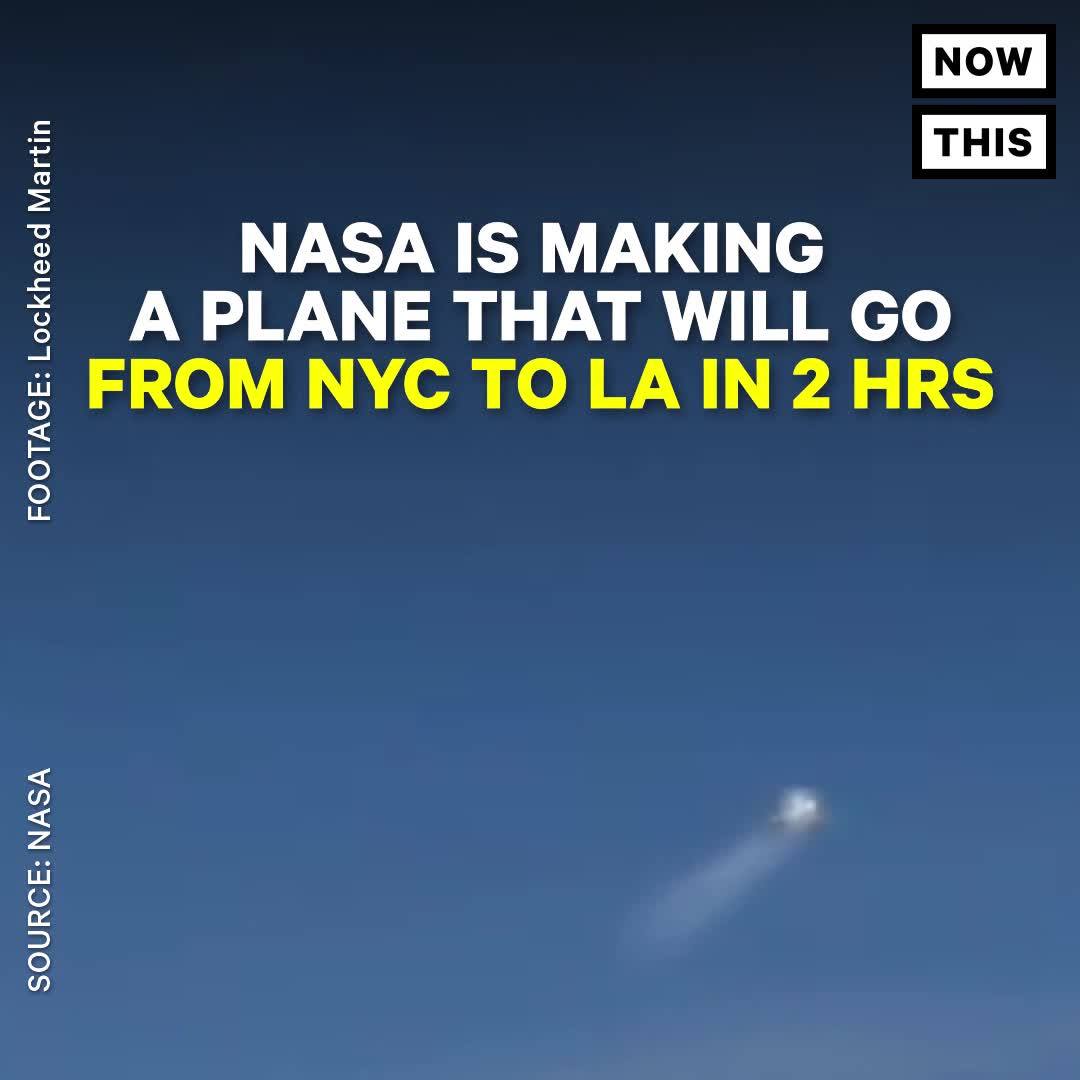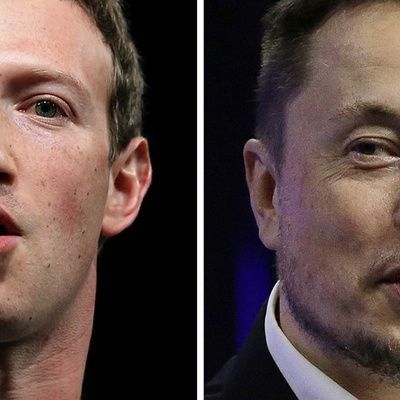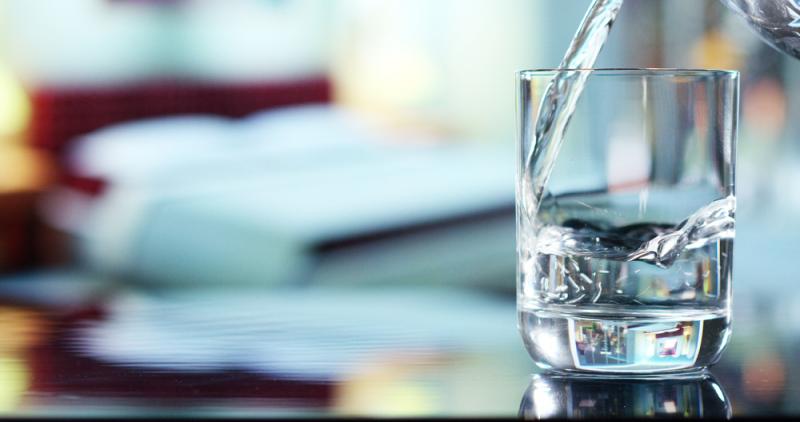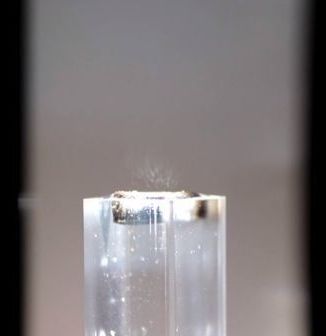Page 9878
Apr 3, 2018
Lockheed wins nearly $250 million NASA contract to build supersonic plane
Posted by Sidney Clouston in category: transportation
Silence is Golden.
Lockheed Martin has won a nearly quarter-billion dollar NASA contract to develop a plane capable of supersonic speed without creating the deafening sonic boom that comes with breaking the sound barrier.
The cost-plus NASA contract, valued at $247.5 million, will allow the defense contractor’s secretive Skunk Works division to continue development of Lockheed Martin’s Quiet Supersonic Technology (or QueSST) aircraft.
Continue reading “Lockheed wins nearly $250 million NASA contract to build supersonic plane” »
Apr 3, 2018
NASA Is Developing A Quiet Plane That’s Faster Than Sound
Posted by Michael Lance in category: transportation
Apr 3, 2018
Estonia To Offer Free Genetic Testing, And Other Nations May Follow
Posted by Aleksandar Vukovic in categories: biotech/medical, genetics, health
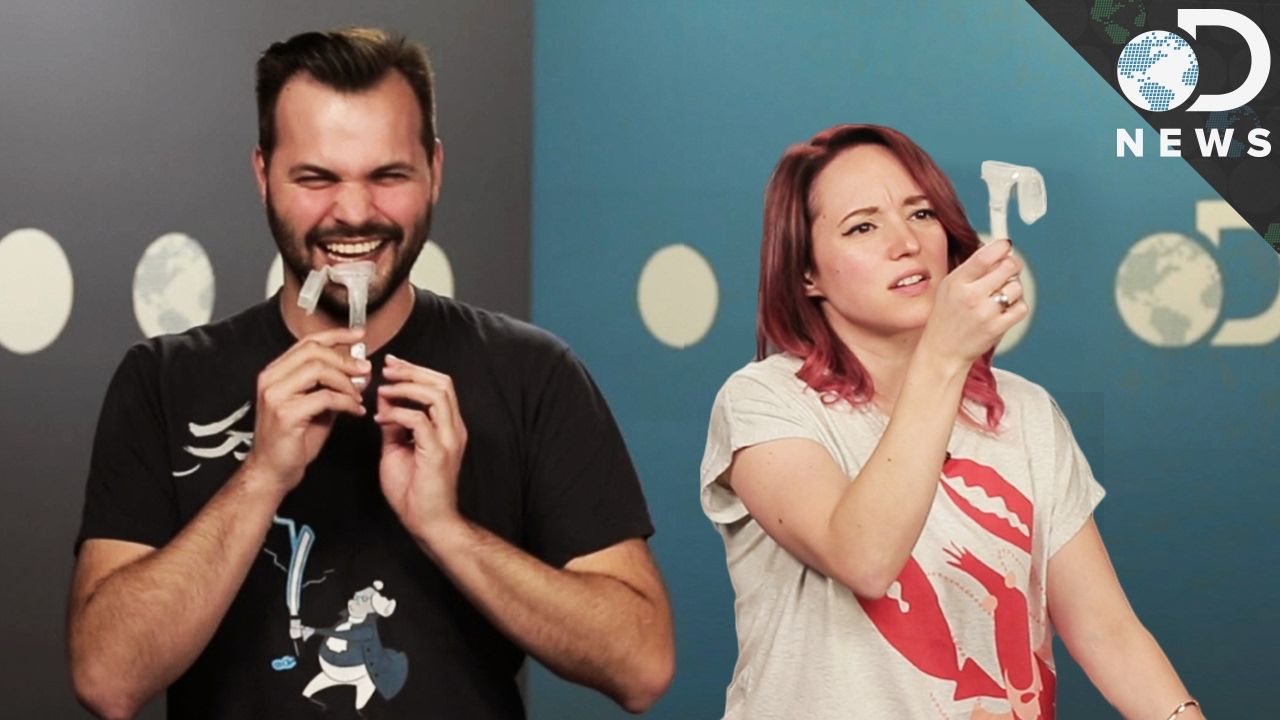
The initiative, which launched on March 20, will start by providing 100,000 of its 1.3 million residents with information on their genetic risk for certain diseases. Genetic information from the project will first be delivered to a family doctor, so that patients will receive counseling about what their results actually mean and how they can better adapt their lifestyle to avoid illness.
The nation of Estonia is establishing a program that provides both free genetic testing and health advice to all citizens based on their results.
Apr 3, 2018
Musk and Zuckerberg Are Fighting Over Whether We Rule Technology—Or it Rules Us
Posted by John Gallagher in categories: food, sustainability
In the public imagination, the Amish are famous for renouncing modern technology. In truth, many Amish farms hum with machines: milk vats, mechanical agitators, diesel engines, and pneumatic belt sanders are all found in their barns and workshops.
The Amish don’t actually oppose technology. Rather, the community must vote on whether to adopt a given item. To do so, they must agree almost unanimously, says Jameson Wetmore, a social science researcher at Arizona State University. Whereas the outside world may see innovation as good until proven otherwise, the Amish first decide whether a new technology might erode the community values they’re trying to preserve. “It is not individual technologies the concern us,” one Amish minister told Wetmore, “but the total chain.”
It’s an idea that is resonating in Silicon Valley these days, where a debate over technology and its potential unintended consequences is cleaving the industry into rival camps—each with a tech titan as its figurehead.
Continue reading “Musk and Zuckerberg Are Fighting Over Whether We Rule Technology—Or it Rules Us” »
Apr 3, 2018
Now, there’s an injectable bandage that can heal fatal internal injuries
Posted by Shane Hinshaw in categories: biotech/medical, materials
Given the high mortality rates due to hemorrhaging, there is an unmet need to quickly self-administer materials that prevent fatality due to excessive blood loss.
Apr 3, 2018
Novel Hydrogel-Based Solar Vapor Generator Yields Clean Drinking Water
Posted by Bill Kemp in category: materials
Finding a cheap and effective water purification process would have global implications.
A research team from the University of Texas at Austin’s Cockrell School of Engineering has developed a new cost-effective and compact technology that combines gel-polymer hybrid materials to improve the purification process for drinking water.
The new materials possess both hydrophilic—an attraction to water—qualities and semiconducting, or solar-absorbing properties. This enables the hydrogel to produce clean, safe drinking water from virtually any source, whether it’s from the oceans or contaminated supplies.
Continue reading “Novel Hydrogel-Based Solar Vapor Generator Yields Clean Drinking Water” »
NASA has selected 24 new Fellows for its prestigious NASA Hubble Fellowship Program (NHFP). The program enables outstanding postdoctoral scientists to pursue independent research in any area of NASA Astrophysics, using theory, observation, experimentation, or instrument development. Each fellowship provides the awardee up to three years of support.
The new NHFP preserves the legacy of NASA’s previous postdoctoral fellowship programs, the Hubble, Einstein and Sagan Fellowships. Once selected, fellows are named to one of three sub-categories corresponding to three broad scientific questions NASA has sought to answer about the universe:
Apr 3, 2018
Water purification breakthrough uses sunlight and ‘hydrogels’
Posted by Bill Kemp in categories: climatology, engineering
According to the United Nations, 30,000 people die each week from the consumption and use of unsanitary water. Although the vast majority of these fatalities occur in developing nations, the U.S. is no stranger to unanticipated water shortages, especially after hurricanes, tropical storms and other natural disasters that can disrupt supplies without warning.
Led by Guihua Yu, associate professor of materials science and mechanical engineering at The University of Texas at Austin, a research team in UT Austin’s Cockrell School of Engineering has developed a cost-effective and compact technology using combined gel-polymer hybrid materials. Possessing both hydrophilic (attraction to water) qualities and semiconducting (solar-adsorbing) properties, these “hydrogels” (networks of polymer chains known for their high water absorbency) enable the production of clean, safe drinking water from any source, whether it’s from the oceans or contaminated supplies.
The findings were published in the most recent issue of the journal Nature Nanotechnology.
Continue reading “Water purification breakthrough uses sunlight and ‘hydrogels’” »
Apr 3, 2018
What if Apollo 11 had failed? Nixon’s undelivered speech
Posted by Philip Raymond in categories: astronomy, government, science, space travel
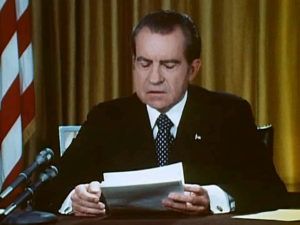
In 1969, William Safire was President Nixon’s speech writer. He wrote the short speech shown below, and delivered it to Chief of Staff, H.R. Haldeman. The speech was to be read by Nixon in the event that the Apollo 11 lunar lander failed to launch or that some other problem caused the lander or mothership to crash back onto the surface of the moon.
In 1969, the space race was at full throttle. Russians were first to launch a satellite, send a dog and a man into space,* and perform an extravehicular space walk. America was under great pressure to fulfill John F. Kennedy’s promise and beat the Russians in landing a man on the moon. Today, former engineers at NASA acknowledge that they believed the chances of such a catastrophe were more than 50%.

Continue reading “What if Apollo 11 had failed? Nixon’s undelivered speech” »

